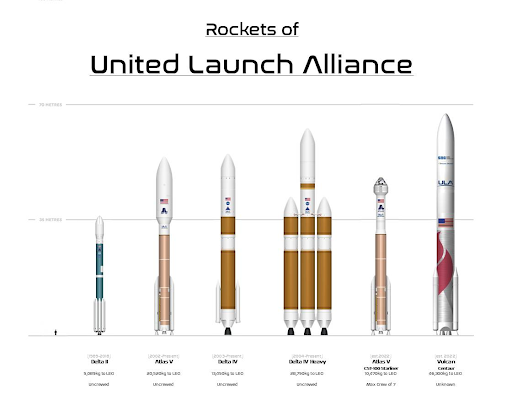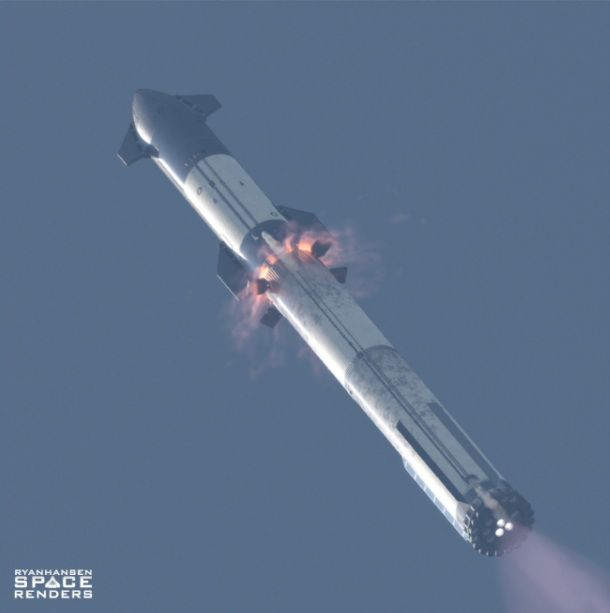At 2:18 AM on Monday, January 8th, 2024, the first United Launch Alliance Vulcan Centaur rocket lifted off from Space Launch Complex 41 (SLC-41) at Cape Canaveral Space Force Station (CCSFS). It was carrying the first Peregrine lander, an unmanned lunar lander built by Astrobotics right here in Pittsburgh, PA.
To truly appreciate this launch, it’s important to understand the history behind it. While Vulacan is an entirely new rocket, it borrows heavily from ULA’s legacy launch vehicle families Atlas and Delta. ULA is a joint venture between Boeing, who originally developed the Atlas, as well as Northrop Grumman, who developed the Delta. Both of these rocket families have been key components of America’s space program, serving in various forms since 1962 and 1960 respectively. Since ULA was established in 2006, it has been using iterations of both of these rockets. This has been extremely costly for them, as each rocket requires its own engineering team, factories, and launch infrastructure.

That is why Vulcan is so important. It is slated to replace both of ULA’s currently active rockets, the Delta IV heavy, and the Atlas V. In addition to the vast logistical benefit the Vulcan brings to ULA, it provides an equally significant benefit. One of ULA’s largest customers is the United States Department of Defense, and they mainly use the Atlas V to launch defense payloads. However, Atlas V is powered by the RD-180 engine, which is designed and manufactured in Russia. Needless to say, this is a problem, and as of 2025, the DoD will no longer be allowed to fly payloads on rockets using Russian engines. Fortunately for ULA, Vulcan is powered by two BE-4 engines, designed and manufactured in the United States by Jeff Bezos’ Blue Origin, allowing it to compete for defense launch contracts.
The launch itself went spectacularly! At L-4 seconds, the two BE-4 engines that propel the vehicle ignited and began to operate nominally(as expected), and then at L-1 second, the two GEM-63XL solid rocket boosters that allow Vulcan to lift heavier payloads ignited, immediately followed by liftoff at L-0. The vehicle operated nominally for this first phase of the flight. It began pitching over to reach the correct orbit almost immediately after clearing the tower, and reached Mach 1 (the speed of sound) at L+1:10. Then, at approximately L+1:35 when their fuel was depleted, the pair of GEM-63XL side boosters stopped burning, and were shortly jettisoned from the vehicle at L+1:49, and were left to fall into the Atlantic Ocean several hundred miles off the coast of Florida. The main booster continued to function nominally for the next several minutes until its fuel was depleted at L+5:05, and promptly separated from the Centaur V upper stage at L+5:07. Once the stages were fully separated, the two Aerojet Rocketdyne RL-10 engines that power the Centaur V upper stage ignited at L+5:18 and propelled the vehicle the rest of the way into space.
This launch was a pivotal moment for ULA, and its success cemented ULA’s place as one of the U.S.’s primary launch providers.








